Think of a world where you can create household items, toys for your kids and out-of-date spare parts by yourself. No longer do you have to scour markets online and offline to look for the obscure items you need. All you have to do is get some raw plastic or rubber, feed it to a 3D printer, input the design for your model using CAD software and let technology take care of the rest.
We now live in a three-dimensional wonderland. The revolutionary 3D printing technology was introduced in the 1980s to make 3D models not by using paper and ink but instead by using solid materials like plastic and rubber for printing, and to produce a solid 3D model of an object. Now after nearly 40 years, Pakistan is finally adopting the technology, not only for creating objects for the home but to use the technology on an industrial, educational, health and engineering level too.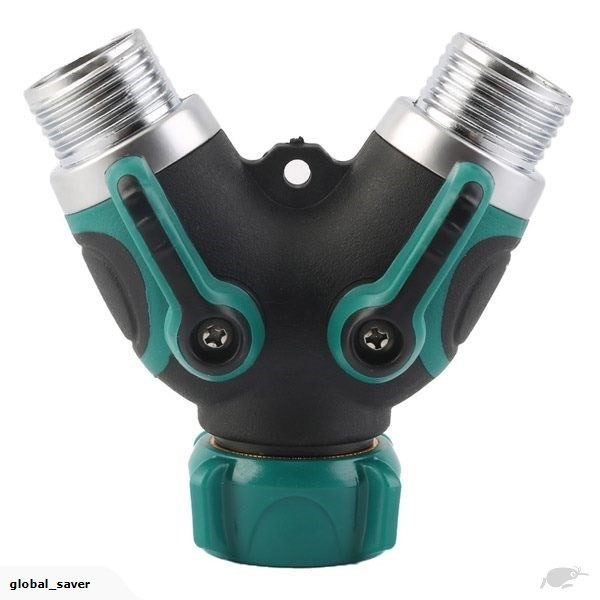
The reason for its recent popularity is that the creation of a 3D printed object is achieved using additive processes where successive layers of material are laid down until the object is created. Each of these layers are a thinly sliced cross-section of the object.
3D printing is the opposite of molding, which involves cutting or hollowing out a piece of metal or plastic with, for example, a milling machine. A 3D printer enables you to produce complex shapes using less material and less time than traditional manufacturing methods while making an uncountable number of changes to the design itself.
The older molding technology is still used by many large-scale manufacturers because while 3D printing is more convenient for prototypes, if you are looking to make more than 100 pieces a day then injection molding is still more reliable.
Still, the use of 3D printing is not limited to just the industries but is also being used in a number of fields. Two Karachi-based university students have recently begun a 3D printing firm, ‘Viscous,’ that specialises in 3D printing, designing, scanning, product development and reverse engineering. “There are many people who are just using this technology to print limited items and are not using it for engineering, healthcare or educational purpose. As a 3D printing firm, we focus on innovations that we can bring through 3D printing,” said Viscous CEO Ovais Hussain Qureshi.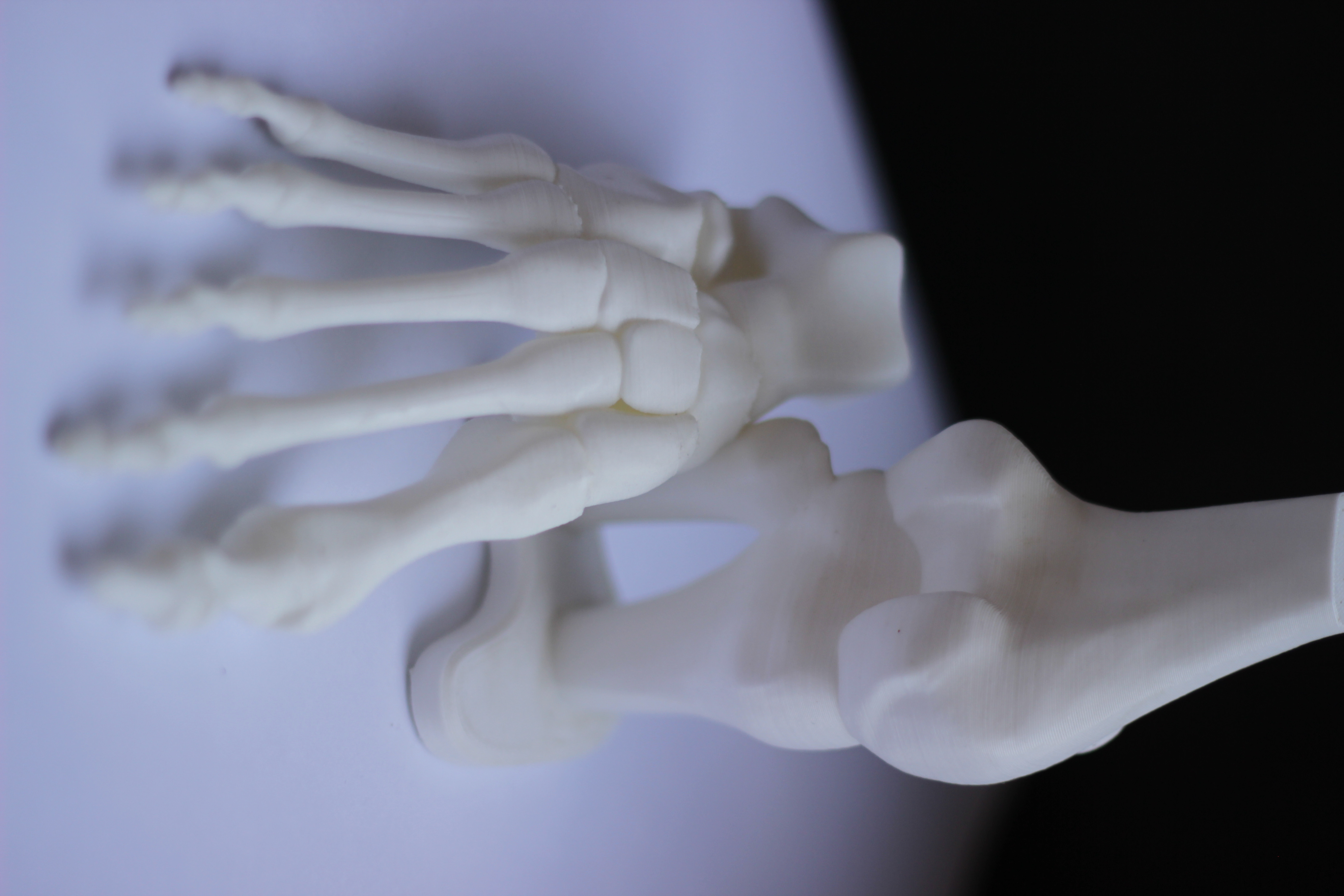
“We have been using this technology since 2016 after my friend Anas Niaz and I completed our bachelor’s degree in the field of Mechatronics, Robotics and Automation Engineering,” he said. “We have been working on various prototype and reverse engineering to try out different things that can be done through 3D printing.”
3D printing to the rescue
During the fast-spreading coronavirus pandemic, hospital equipment such as ventilators became extremely essential around the world. The number of available ventilators was not enough to keep up with the ever-rising number of patients. In this situation, using a splitter to divide the airway of the machine, one hospital ventilator was used for more than one patient.
While there is nothing new about the splitters for ventilators themselves, their proprietary nature put a question mark on their cost and availability. This is where 3D printing came to the rescue. In Pakistan, Qureshi and Niaz made a 3D model of the splitter that the hospitals were able to use in order to be able treat multiple Covid-19 patients at the same time.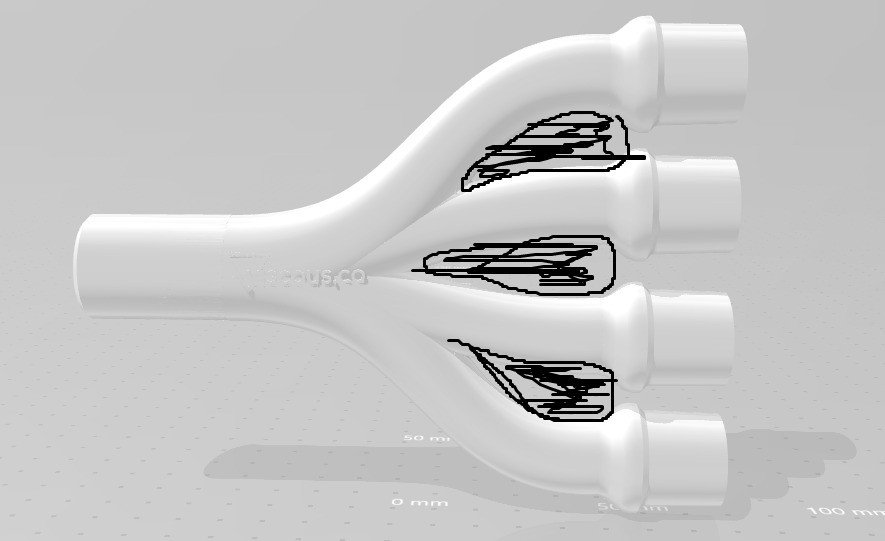
“We were working on finding new ways to use our 3D technology. At the same time, hospitals needed splitter valves for ventilators so we decided to make a model to see if it could work. It turned out to be a success and we were able to provide them the exact size they needed,” said Qureshi. “There are different diameter openings of the valves, which control the amount of oxygen can be passed through. The valves are installed at the output of the ventilators and then the ratio of oxygen is controlled through different sizes of valves rather than using mechanical and electrical valves.”
Not only did they produce these splitters and provide them to the hospitals in Karachi but they also created prototype masks for further reproduction. “We created the 3D design of the masks and then printed them. They were not wearable but from that model, we were able to modify the design and then make a mold out of it for mass production,” he said, adding that the molds cost a lot so only after a client is satisfied with the prototype, should they take the plunge and create the mold. Viscous also did the same for face shields.
Perhaps more intriguingly, 3D printing has also found an application in the realm of surgery. By using a computed tomography scan (CT scan) of a person, his or her internal 3D model can be created. “You often hear that a surgical procedure was unsuccessful due to complications during the procedure. However, with a 3D model, which can be created with the help of a CT scan, surgeons can carry out a pre-surgical practice on the model to minimise the occurrence complications during the actual procedure,” Qureshi said.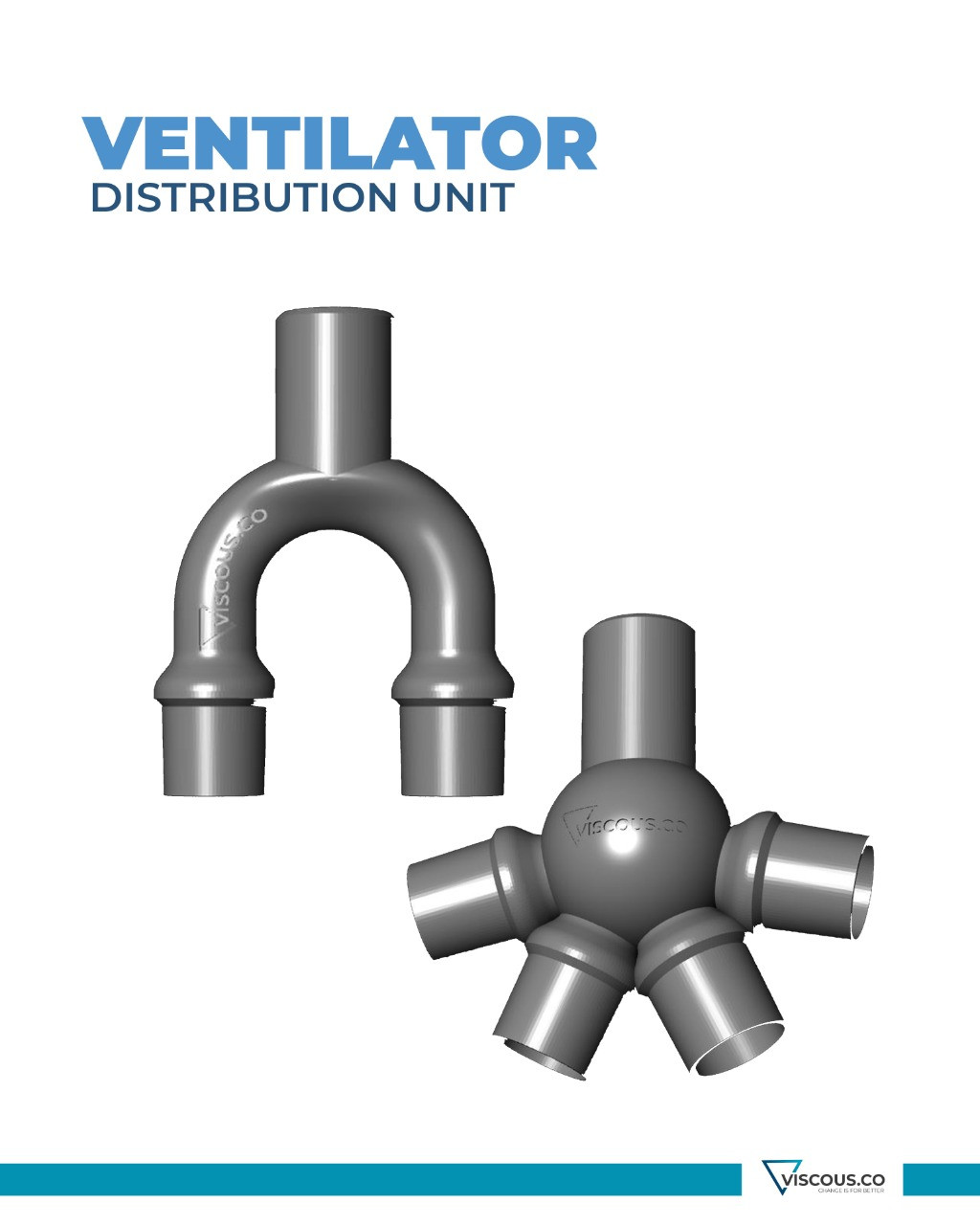
Refining the complex
While creating a product, 3D printing makes it possible to produce objects with much more complex structures than traditional manufacturing methods that are used for automobile or any type of engineering work. The engineers first have an idea of what the final result will look like; what will be its aesthetics, look and feel. “So we start with a design on a paper, then that is converted into the digital 3D design and then is printed to see how it looks physically,” he said.
Giving an example, he said if you were to design a side mirror or headlight of a car then you would first draw the design on paper, which would then be converted into digital format and printed. “Once we are satisfied with the design itself, then we decide to mass produce it. 3D printing allows you to make multiple changes at a low cost instead of you having to change the mold over and over again. This also helps in creating the perfect flawless designs,” he said.
3D printing also helps the building designers to experiment with shapes and geometries in design that may not be financially viable with existing building techniques. This way we can see how engineers approach industrial problems and how 3D printing can improve upon existing solutions.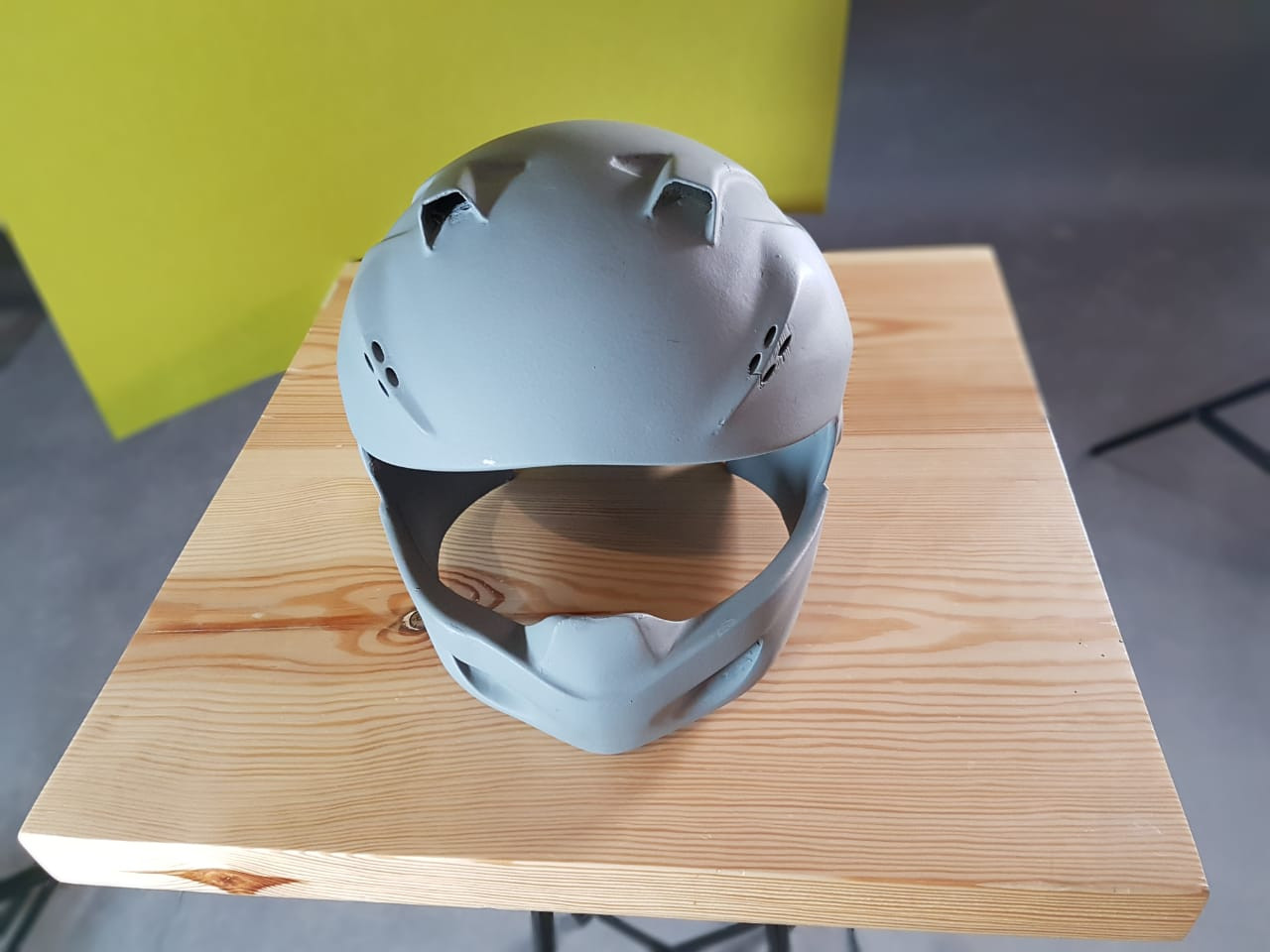
A tool for learning
It is a well-established fact that fun and engaging classrooms help students to learn better. When a future scientist or engineer, doctor or mathematician can get the feel of the actual model they have built, it can increase their creativity and enthusiasm. Using 3D printing allows educators to provide students designs and models that make for a rich learning experience and bring education from computer screens and books into students' hands.
A 3D printed model can include impressive details that are durable and precise, allowing students to bring turn their imagination into reality. They are able to measure, hold, bend, fold and improve their creation. This means when these students will seek employment, they will already have the experience their managers and supervisors were only able to learn on the job.
Giving an example from a research paper that they made on 3D printing use for educational institutions, Qureshi said, “Math students would have studied x-axis and y-axis in class but what if a teacher has the actual model with x, y and z-axis.?”
“If a medical student gets the model of the body parts, they will one step closer to knowing what these organs feel like in real life, even before they step into a hospital," he added.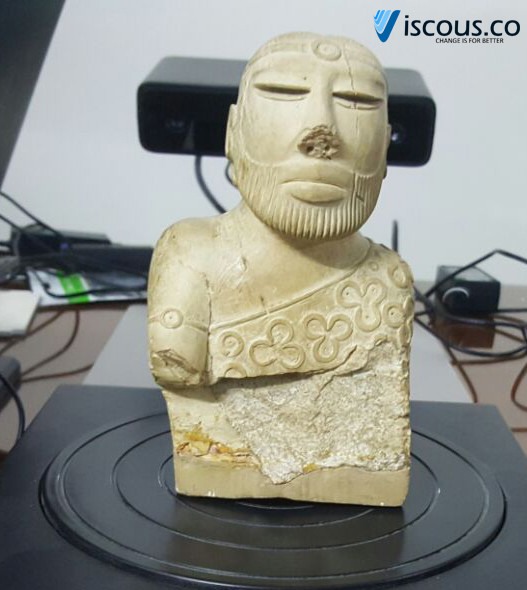
Resuscitating the past
Many valuable items have been declared heritage and are kept under tight security to avoid causing damage to them. "With 3D printing, the government can create the original item prototype and place it for the public to see it. This will help in keeping the original product safe and also still give the public the chance to view them," said Qureshi.
With jewelry for instance, 3D printing has been used for a long time through a process known as 'rapid prototyping' where a 3D model is used to produce a wax mold for the final product.
The technology, as cutting edge as it is, is also breathing new life into old machines and tools. Deemed junk due to deterioration of their parts and non-availability of spares, 3D printing married with reverse engineering allows for cheap production of any components that need to be replaced.
The limits of technology
Although you can create anything from a 3D printer, the technology still has its limits. "You cannot use it for mass volume manufacturing. That can only be done using conventional methodologies," said Qureshi.
Explaining the limitations, he said that through molds, you can produce more than 1,000 masks in an hour, but with a 3D printer, it will take around three to four hours to produce one mask. "So this is good for prototyping but not for regular use. The models made from 3D printing are not long-lasting and can lose their form from the heat and environmental effects," he said.
Following this limitation, the Punjab IT Board of (PITB) recently contacted Alpha Rubber and Plastic Works, a Lahore-based company that manufactures auto parts, to manufacture the connector (used inside ventilators) by using the 3D printer prototype.
Osama Usman, head of the private firm, said that the company developed a splitter that connects to the ventilator hoses and supplies oxygen to two to four patients at once and may be used multiple times.
He said the part was initially being manufactured by the PITB using the 3D printer technology, a time-consuming and costly procedure.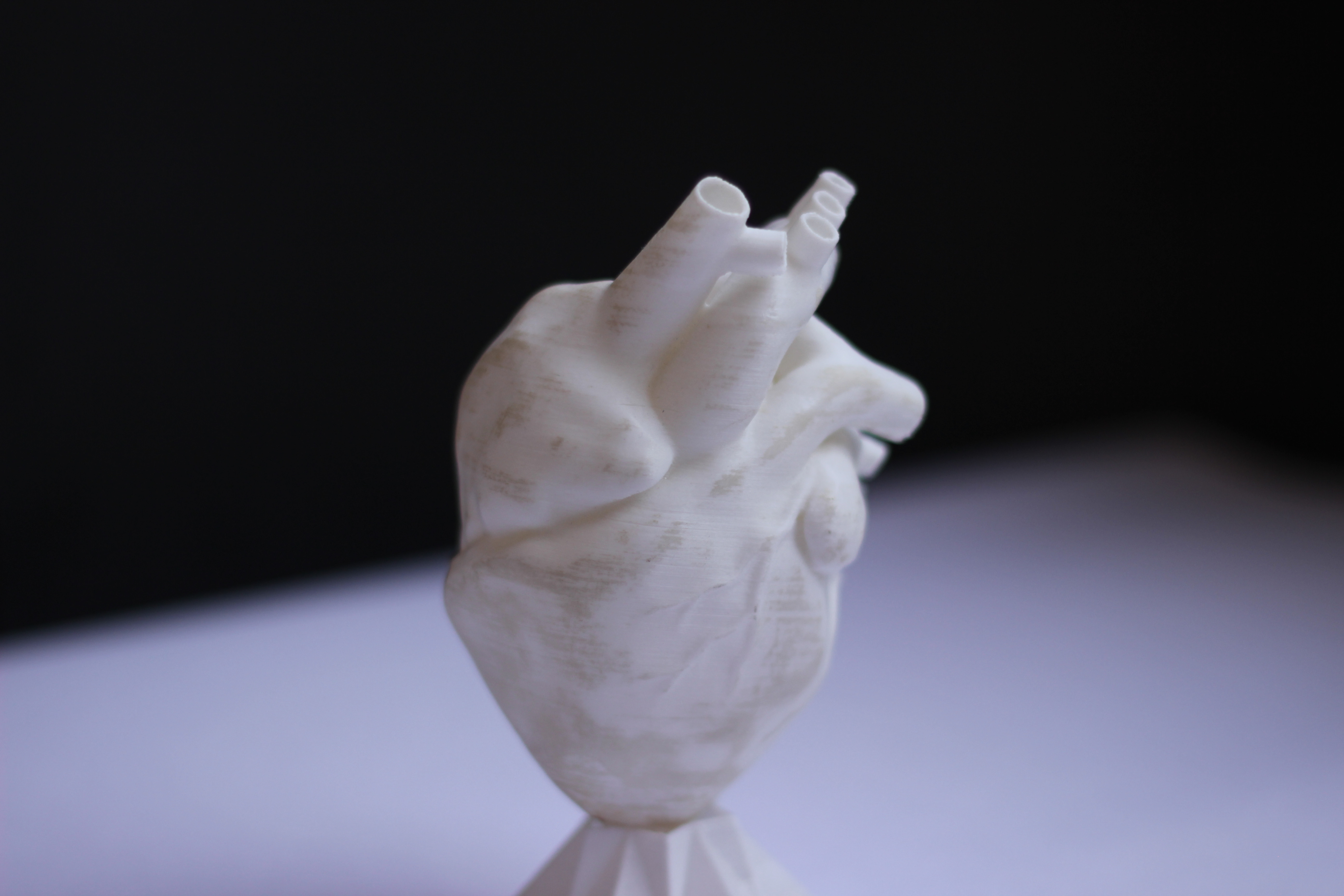
Policy and regulation
Qureshi, who has been in 3D printing for a long time, says that there are no regulations of 3D printing, and there are many industries that are still thinking about adopting this technology. "Currently, 3D printing is not allowed in public and can be used by manufacturers or educational institutes. Government institutions and organisations have a 3D printer where you can use them but the government is in the process of making rules and regulations for this industry," he said.
Talking about the technology and policymakers, he said that the people involved in making policies on 3D printing are well aware of what 3D printing is and how it can help. "We just have to wait for it to get regulated, and then the technology can penetrate further," he said.
